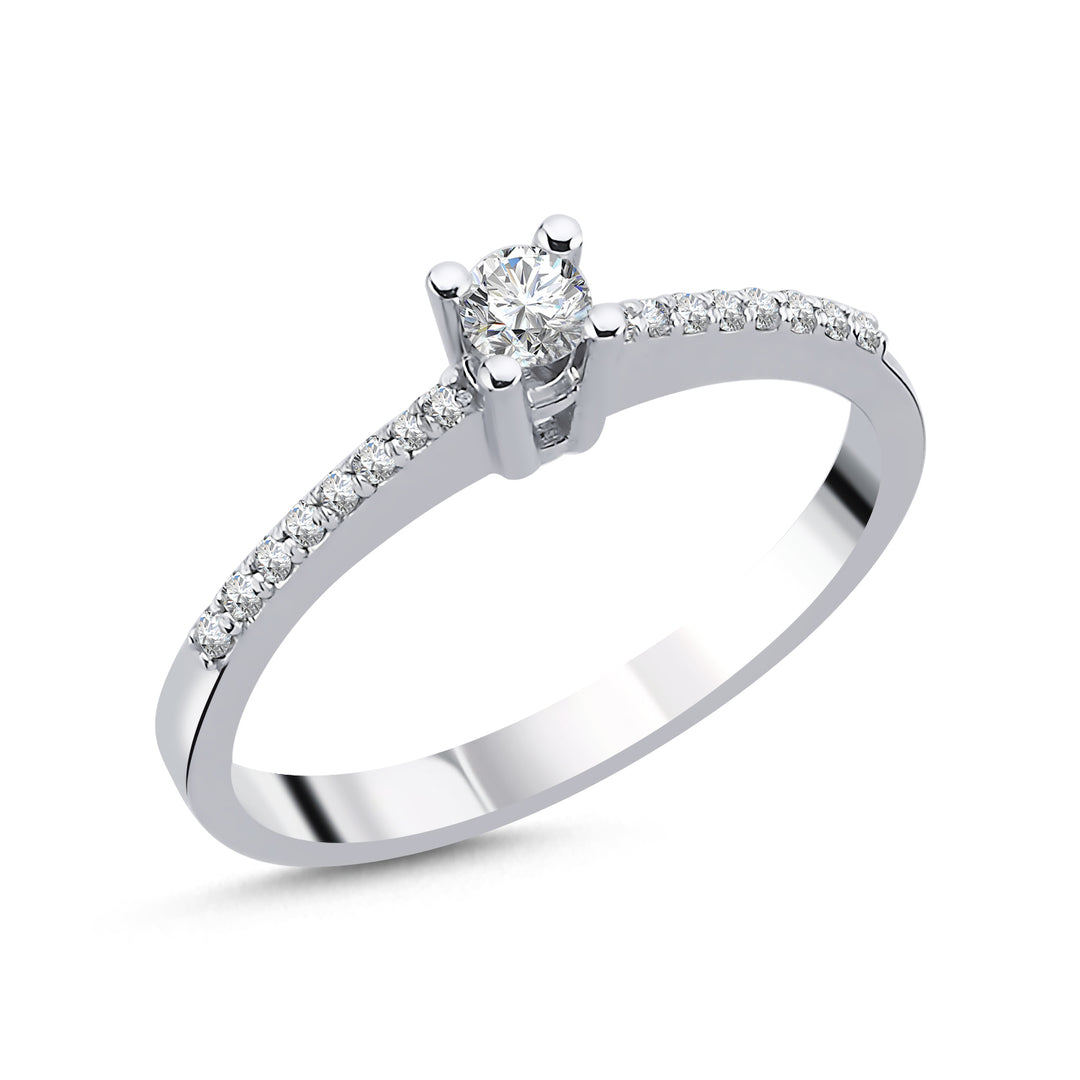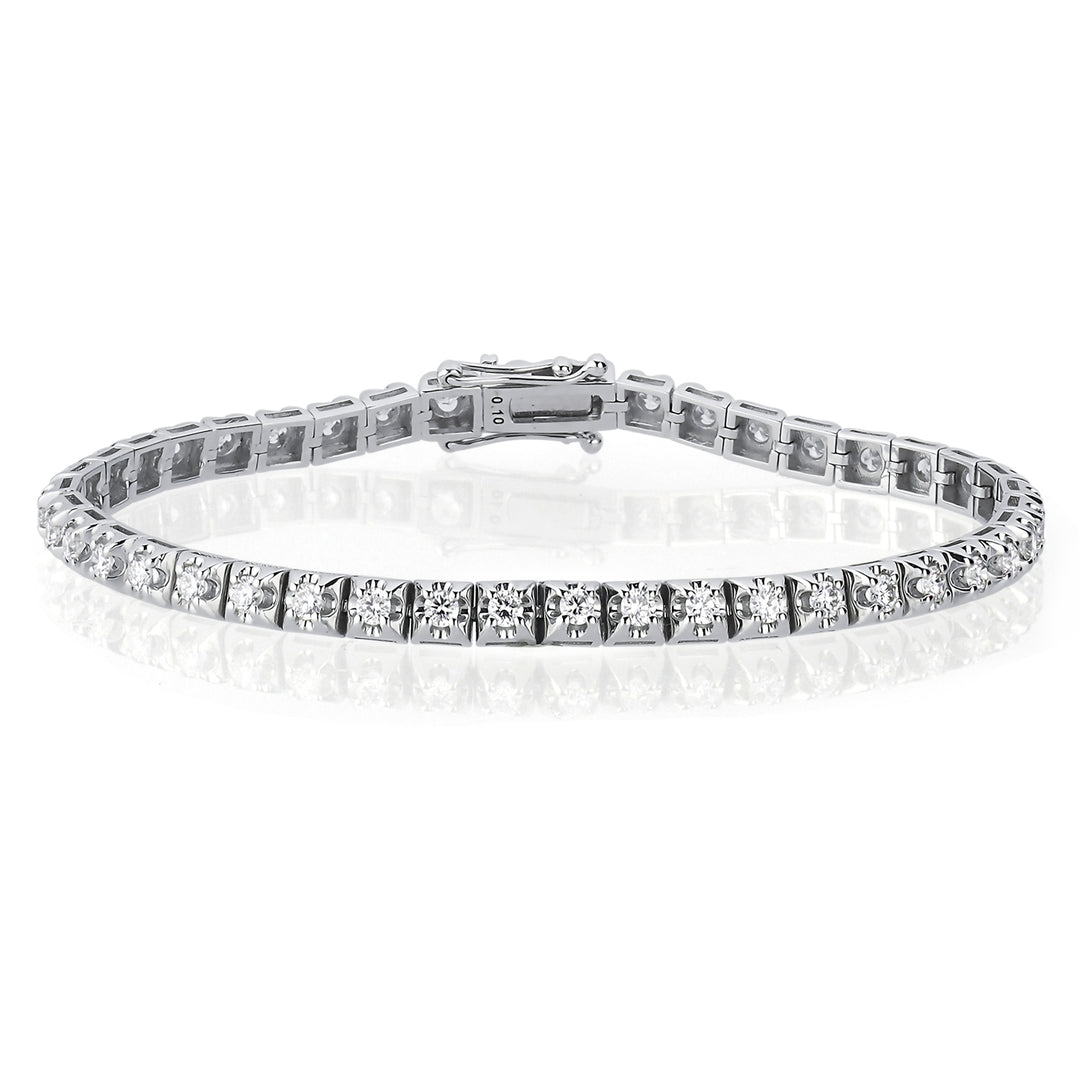Once Upon A Time Not Long Ago... The History of Lab-Grown Diamonds
Lab-grown diamonds have a rich history marked by scientific innovation and evolving consumer preferences. These man-made gems are chemically, physically, and optically identical to their mined counterparts, offering an ethical and affordable alternative to mined diamonds.
Early Endeavors and Breakthroughs
The journey to create diamonds in a laboratory began in the late 18th century when scientists discovered that diamonds were composed of pure carbon. This revelation spurred numerous attempts to replicate the high-pressure, high-temperature (HPHT) conditions under which natural diamonds form deep within the Earth. Despite various efforts throughout the 19th and early 20th centuries, success remained elusive.
A significant milestone was achieved in 1954 when General Electric (GE) successfully produced the first lab-grown diamonds using the HPHT method. This process involved subjecting carbon to extreme pressures and temperatures, resulting in small diamonds primarily suited for industrial applications such as cutting and grinding tools. (International Gem Society)
Advancements in Technology
The 1970s witnessed notable improvements in diamond synthesis. Researchers developed the Chemical Vapor Deposition (CVD) method, which allowed for the growth of larger and higher-quality diamonds. This technique involved depositing carbon atoms onto a substrate in a low-pressure environment, enabling more controlled diamond formation. (Brilliant Earth)
By the 1980s and 1990s, both HPHT and CVD methods had advanced significantly, leading to the production of gem-quality diamonds suitable for jewelry. Companies like Apollo Diamond and Gemesis emerged as pioneers in bringing these lab-grown gems to the consumer market. (Rapaport)
Market Emergence and Consumer Acceptance
The early 2000s marked the introduction of lab-grown diamonds into the jewelry industry. Initially, these diamonds were met with skepticism due to traditional preferences for mined stones. However, as technology improved and awareness of ethical and environmental concerns associated with diamond mining grew, consumer attitudes began to shift.
In recent years, lab-grown diamonds have gained significant traction. Retailers have reported substantial increases in sales of these synthetic gems, driven by their lower prices, ethical sourcing, and environmental benefits. For instance, in London's Hatton Garden, some retailers have reported that lab-grown diamonds comprise up to 80% of their business. (The Times & The Sunday Times)
Current Trends and Future Outlook
Today, lab-grown diamonds represent a significant portion of the diamond market. In 2023, they accounted for 18.5% of diamond sales, with forecasts suggesting they may surpass mined stones in units sold by 2024. (WIRED) This growth is attributed to technological advancements that have made production more efficient, as well as shifting consumer preferences toward sustainable and ethically sourced products.
The increasing popularity of lab-grown diamonds has also influenced major players in the diamond industry. Companies like De Beers have ventured into the synthetic market with divisions such as Lightbox, reflecting the evolving landscape of consumer demand. (The Times & The Sunday Times)
In conclusion, the history of lab-grown diamonds is a testament to human ingenuity and changing societal values. From early scientific experiments to their current status as a mainstream choice for consumers, lab-grown diamonds have transformed the jewelry industry and continue to shape its future.















